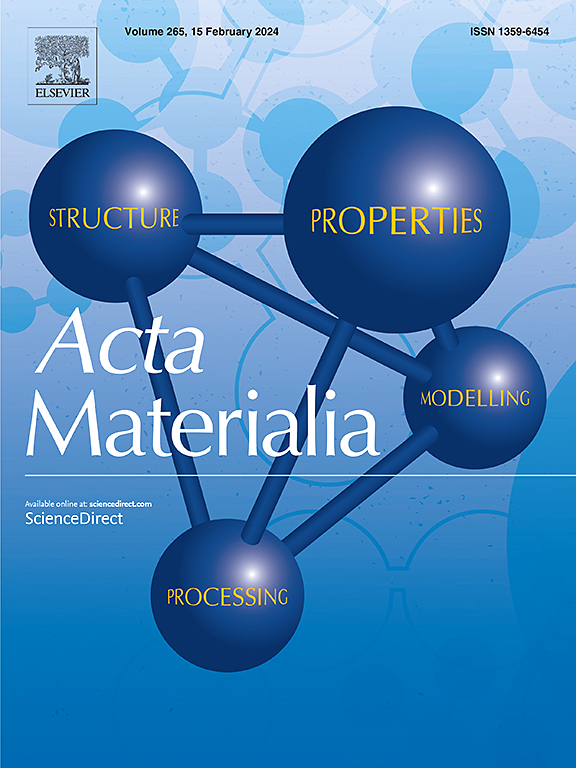Two-shot optimization of compositionally complex refractory alloys
IF 8.3
1区 材料科学
Q1 MATERIALS SCIENCE, MULTIDISCIPLINARY
引用次数: 0
Abstract
In this paper, a synergistic, iterative, computational/experimental approach is presented for the rapid discovery and characterization of novel alloys within the compositionally complex (i.e., “medium/high entropy”) refractory alloy space of Ti-V-Nb-Mo-Hf-Ta-W. This was demonstrated via a Bayesian material design cycle aimed at simultaneously maximizing the objective properties of high specific hardness (hardness normalized by density) and high specific elastic modulus (elastic modulus normalized by density). This framework utilizes high-throughput computational thermodynamics and intelligent filtering to first reduce the untenably large alloy space to a feasible size, followed by an iterative design cycle comprised of high-throughput synthesis, processing, and characterization in batch sizes of 24 alloys. After the first iteration, Bayesian optimization was utilized to inform selection of the next batch of 24 alloys. This paper demonstrates the benefit of using batch Bayesian optimization (BBO) in material design, as significant gains in the objective properties were observed after only two iterations or “shots” of the design cycle without using any prior knowledge or physical models of how the objective properties relate to the design inputs (i.e., composition). Specifically, the hypervolume of the Pareto front increased by 34% between the first and second iterations. Furthermore, 10 of the 24 alloys in the second iteration dominated all alloys from the first iteration.

求助全文
约1分钟内获得全文
求助全文
来源期刊

Acta Materialia
工程技术-材料科学:综合
CiteScore
16.10
自引率
8.50%
发文量
801
审稿时长
53 days
期刊介绍:
Acta Materialia serves as a platform for publishing full-length, original papers and commissioned overviews that contribute to a profound understanding of the correlation between the processing, structure, and properties of inorganic materials. The journal seeks papers with high impact potential or those that significantly propel the field forward. The scope includes the atomic and molecular arrangements, chemical and electronic structures, and microstructure of materials, focusing on their mechanical or functional behavior across all length scales, including nanostructures.
 求助内容:
求助内容: 应助结果提醒方式:
应助结果提醒方式:


